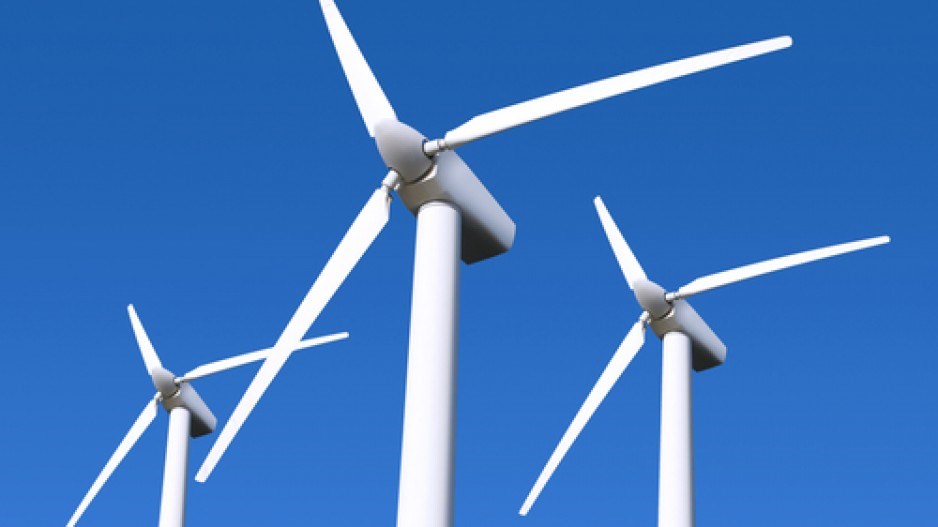Now that Donald Trump has signed an executive order instructing the Clean Power Plan to be cancelled, is it time to dump your renewable energy company stocks and invest in whatever American coal companies managed to survive a wave of bankruptcies over the past few years?
The answer depends on whether you think Trump can actually bring coal mining back from the precipice and halt the renewable energy juggernaut
While Trump’s pro-coal policies may help keep a few coal power plants that were scheduled for phase-out in operation for a few years, David Austin, a lawyer specializing in energy with Clark Wilson LLP, thinks it’s unlikely any new coal power plants will ever be built in the U.S. because coal power simply cannot compete with natural gas and renewable energy.
“The bigger problem will be whether anybody who wants to build a new coal plant can get financing,” he said.
As he points out, a typical financing arrangement with a bank would be for 30 years, and coal has environmental liabilities – greenhouse gases and mercury contamination – that natural gas and renewables don’t have.
“Is any financial institution willing to commit money for 30 years to build a new coal-fired plant?” Austin wonders. “The only way I could see, at this point in time, the financing being obtained is if the government provided some kind of backing.”
Although global investments in renewable energy have fallen off recently, a new Clean Energy Canada report says the transition to renewable energy is simply too advanced for any country to stop it now.
“The transition to clean energy really is irreversible,” Dan Woynillowicz, policy director for Clean Energy Canada, told Business in Vancouver. “Since 2011, every year, we’ve seen more investment and deployment of renewable energy in the electricity system than fossil energy. We’ve seen $2 trillion invested over the past five years. This is big business.”
But it’s a business that has dwindling prospects in Canada, as Canada becomes maxed out on wind, solar and hydro power.
Investment in renewable energy projects in Canada has fallen for two years in a row, the Clean Energy Canada report states. Investments fell by 50% last year – from $4 billion in 2015 to just $2 billion in 2016.
There are still investment opportunities in Alberta and Saskatchewan, which still rely on coal for much of their power generation. Otherwise, Canada already gets 80% of its power from renewable sources, with B.C., Manitoba and Quebec supplying a considerable amount of renewable power from its vast hydroelectric resources.
Elsewhere in the world – including the U.S. – there are still investment opportunities for companies like Vancouver’s Alterra Power Corp. (TSX:AXY). Alterra has wind farms in Texas and Indiana, as well as a number of other development prospects.
Woynillowicz doesn’t think Trump’s pro-coal, anti-climate change policies will have much impact on Canadian renewable energy developers and clean-tech companies, because renewable energy is becoming increasingly cost competitive with other power sources.
“Those developers are very experienced developers,” Woynillowicz said. “They were able to grow enough and develop that expertise in Canada. They are increasingly developing projects elsewhere in the world.”
While federal policies could have some impact on the viability of some renewable energy projects and companies operating in the U.S., they may be countered by states that have reiterated their commitment to climate change policies and renewable energy.
The governors of Washington, Oregon and California, and five West coast mayors recently issued a joint statement reaffirming their commitment to climate change policies.
“We will assert our own 21st Century leadership and chart a different course,” the governors and mayors said in the statement, in response to Trump’s energy plans.
The three West Coast states represent a population of 50 million people with a combined GDP of US$.2.8 trillion.




